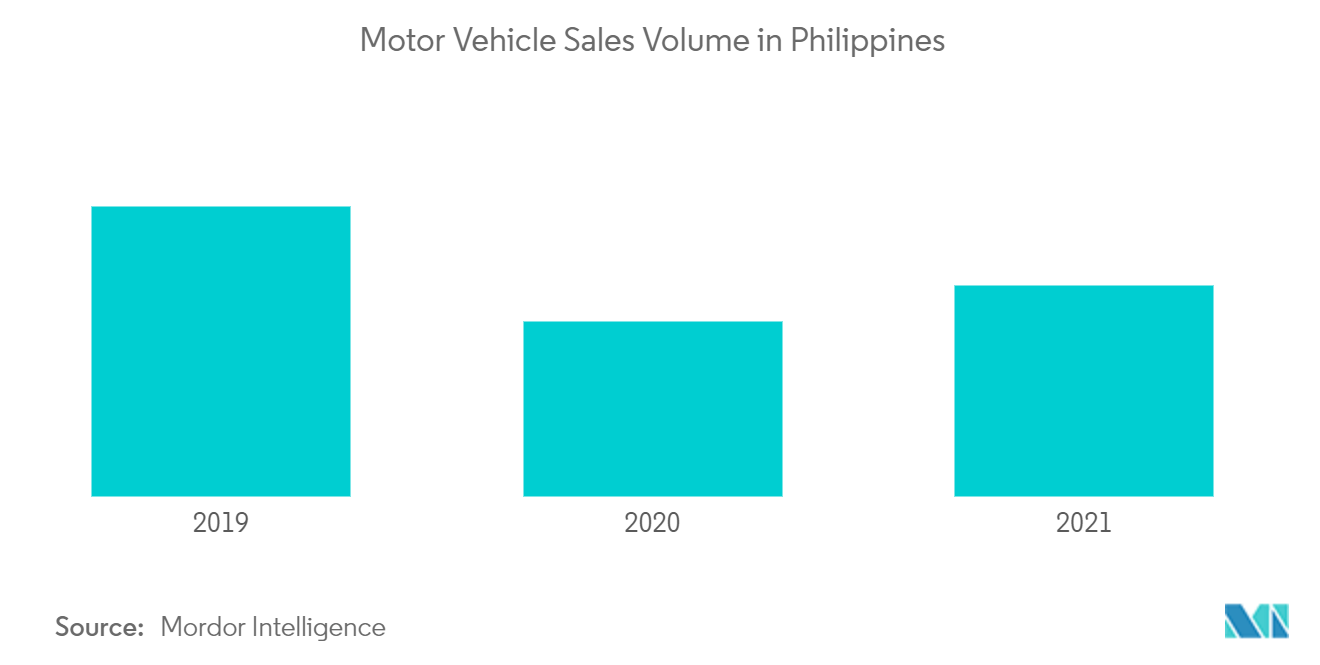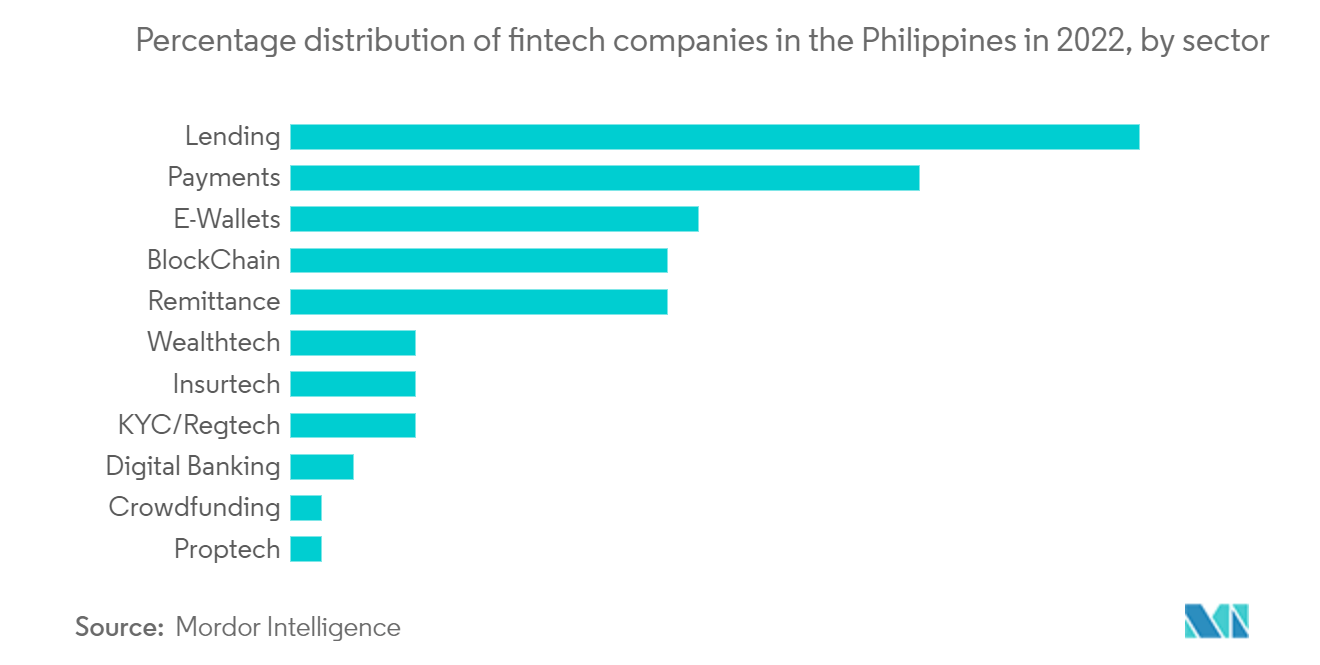Market Trends of Philippines Motor Insurance Industry
This section covers the major market trends shaping the Philippines Motor Insurance Market according to our research experts:
Increase in Motor Vehicle Sales
The government of the Philippines prioritizes the automotive segment as a key revenue generator and is encouraging the flow of FDIs in the automotive industry. As the overall purchasing power of customers, mainly middle-class sectors, have been increasing in recent years, the demand for vehicles has also been increasing. There is an increase in sales of motor vehicles in the Philippines because of the availability of motor vehicles for sale, which is because the Philippines' automobile industry is supported by multiple factors such as labor availability, R&D efforts, geographic advantage, and government support. In 2021, motor vehicle sales saw potential growth in sales, which were mainly dominated by passenger and commercial motor vehicles. Compared to the previous year's sales, which were mainly affected due to the pandemic and semi-conductor shortage, the current year's sales showed a positive growth rate. In 2018, after thirteen consecutive years of growth, the introduction of a new tax (called "TRAIN") pushed up the price for all vehicles (and fuel), but pickups and vans, hitting the market and altering the competitive landscape and sales fell down. In 2019, the industry progressively adopted the effect of TRAIN, and total vehicle sales have Increased.

Potential for Fintech growth
The Insurance Commission continues to push for digitalization and further innovation by promoting better customer service with more appropriate products, thus growing the level of insurance penetration. Insurance companies have turned to insurance technology (insurtech) which is another way to better serve their growing market. In order to encourage the use of insurtech, the Insurance Commission released a policy statement enabling insurance companies, subject to certain security requirements, to market their policies using mobile phone applications and to provide flexible payment mechanisms instead of the traditional payment methods. Self-service dashboards, chatbots, Email notifications, digitization of parts of the claims process, and insurance comparison tools to direct consumers to the best deal have all appeared in recent years. In addition, in order to encourage the use of technology, the Insurance Commission released a policy statement enabling insurance companies, subject to certain security requirements, to market their policies using mobile phone applications and to provide flexible payment mechanisms instead of the traditional payment methods.


